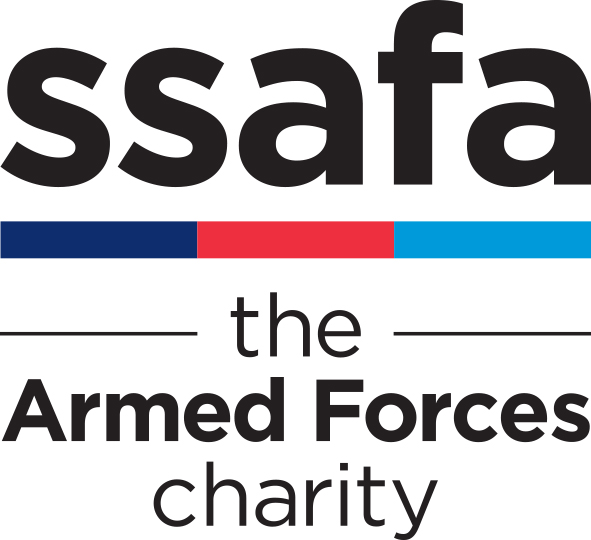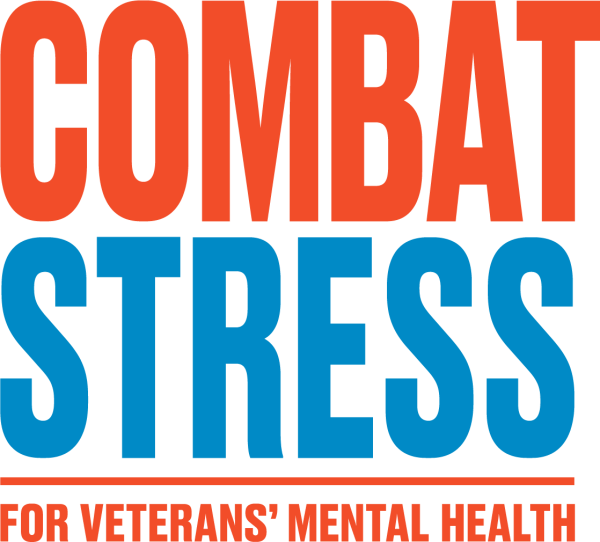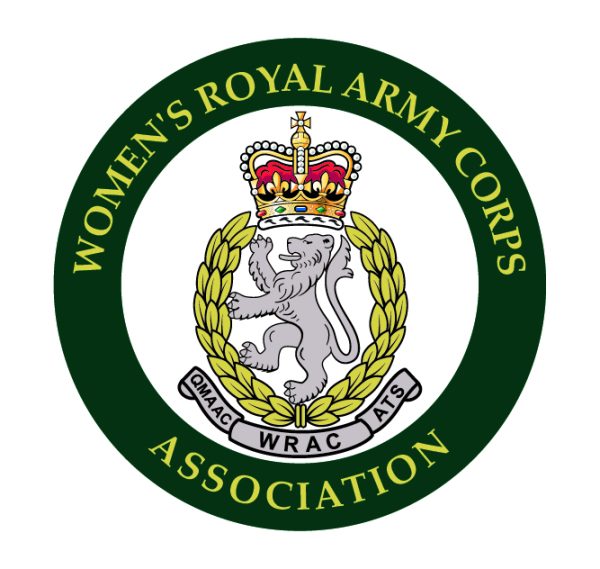What do we know already?
Previous research found that most personnel do not develop lasting mental health issues after experiencing traumatic events, but a significant minority report ongoing psychological and social difficulties, particularly after leaving the military. A UK study on current and former military personnel found an increase in probable Post Traumatic Stress Disorder (PTSD)[1] among military personnel over 12 years (4-5% in 2004-9 to 6% in 2014-16), yet levels were highest for those who had served in combat roles in Iraq or Afghanistan and who had later left the military (17%) (1).
So why do people who go through very similar experiences develop PTSD or not? A concoction of factors can influence this – from difficulties in childhood through to the way that individuals build and process traumatic memories, the meaning the event takes on and how much support people can access. Little research has, however, been interested in how post-traumatic stress feels from someone who has experienced it and how it may feel like as it emerges and develops over time.
What was the study about?
The participants in this study were ex-military personnel who were deployed to the Iraq and Afghanistan conflicts in combat roles – this was the group with the highest rates of PTSD in the UK study mentioned before. This study aimed to explore how post-traumatic stress is thought to develop within their lifetimes, working out when symptoms first emerged and comparing people who did and did not show signs of post-traumatic stress disorder (PTSD).
We interviewed a total of 17 people; 10 who indicated on a screening questionnaire that they experience enough PTSD symptoms to a level of possible diagnosis and there were 7 without symptoms. Interviews were conducted between September 2019 and March 2020. The researcher looked at individuals’ reactions to life events before, during and after the military.
The majority of participants were men. Most people enlisted before they were 18 years old. The symptomatic group included more people with adverse childhood experiences, however there was evidence of childhood adversities also in the asymptomatic group. All had been deployed in ‘front-line’ roles with similar levels of exposure to combat.

















